Since we give them all the food, shelter, and affection they could want, it’s easy to expect our dogs to obey with minimal fuss. Besides, thousands of years of domestication and breeding have made dogs naturally more attached to humans. With all the makings for a seamless dynamic, it can be confusing and frustrating when your dog always seems to do the opposite of what you ask.
In most cases, a stubborn dog is less of an issue with them and more of an issue with our training approach. Dogs are unique individuals with personal desires and motivators, but control is still mostly in your hands. If you’re frustrated over your pet’s inability to cooperate, here are 10 vet-approved tips on how to train a stubborn dog who won’t listen.

The 10 Tips on How to Train a Stubborn Dog Who Won’t Listen
1. Find Great Motivators
Since you’re constantly battling for your dog’s attention against other distractions, you have to make your offering more attractive than anything else. For many dogs, this would be a high-value treat such as meat, cheese, or whatever your dog’s favorite is. Figuring that out is part of your homework.
Some dogs value toys over everything, while others may want play and affection. Rewards are the backbone of the positive reinforcement training method. Finding the most high-value reward can take trial and error, but it will be worth it in challenging training scenarios.
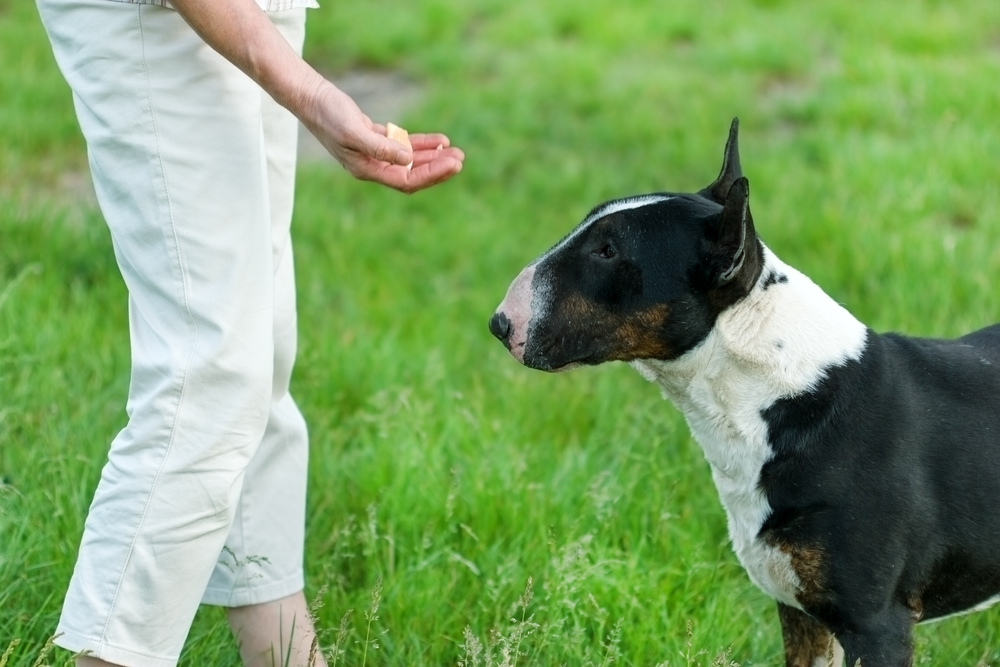
2. Start with Easy Commands
Establishing a base for training a stubborn dog is more manageable when you can show them the system of command-action-reward. Begin with easy opportunities to succeed.
The “sit” or “down” commands are two of the simplest to train inside, and by starting there, you can quickly develop a general association between doing what you ask and receiving praise and rewards. Remember to use a marking word, such as “good,” to clue your dog in at the exact moment they achieved the desired behavior or approximation towards it. This way, they associate the specific behavior with earning a reward. Fostering this dynamic will make future commands like “leave it” more straightforward.
3. Start at Home with Minimal Distractions
Training requires your dog’s focus and attention. Many who think their dog is stubborn and won’t listen don’t realize they’re not in the right condition, whether it’s a problem with the environment or the dog’s mental state. Dogs experiencing an overly exciting scenario aren’t likely to have the required focus. Depending on the scenario, you could be up against stiff competition for their attention. Smells, sounds, and sights in the home and outdoors are often more intriguing than our training sessions, and a stimuli overload could make them impossible to manage.
Keeping these distractions to a minimum will make initial training sessions more fluid. Start indoors and remove anything that might steal your dog’s focus, like toys, treats, or a noisy TV. Once you build consistency, you can gradually put them in more challenging scenarios.

4. Be Patient
Dogs are often compared to infants in their relationship with their owners. By providing love and basic necessities, we take on a caregiver role for our dependent dogs, who do everything possible to keep us happy and present in their lives.
Like small children, their understanding of their environment, the people around them, and the words we speak is minimal or non-existent. As knowledgeable adults, we can have trouble empathizing with this, and we’ll often get frustrated when seemingly simple concepts don’t stick.
Dogs learn by finding what gives them a positive consequence and makes them feel good. Their behavior is molded by the consequences they get. The more a behavior is repeated, whether good or bad, the more likely it is to become a habit. When you show frustration during training sessions or slack off because it feels difficult, you send mixed messages, making it more challenging for your dog to understand how to behave.
Training can take several months, a year, or even longer depending on the dog and your goals. All the while, your communication and reinforcement must be perfectly timed and consistent. Be patient, and appreciate the process. You’ll make gains with a calm, slow, and steady approach.
5. Keep the Household Consistent
You aren’t the only one who needs to show consistency to teach better habits to your dog. Everyone in the house must be on board with training. Otherwise, they’ll send mixed messages and set your dog back.
For instance, if you’re teaching your dog not to jump on people when they walk in the door, your child’s exuberant petting and play will only reinforce the behavior, no matter how disciplined you are with turning your back and ignoring them. Talk with your family, set expectations, and give everyone the resources to keep the goals and rules consistent.
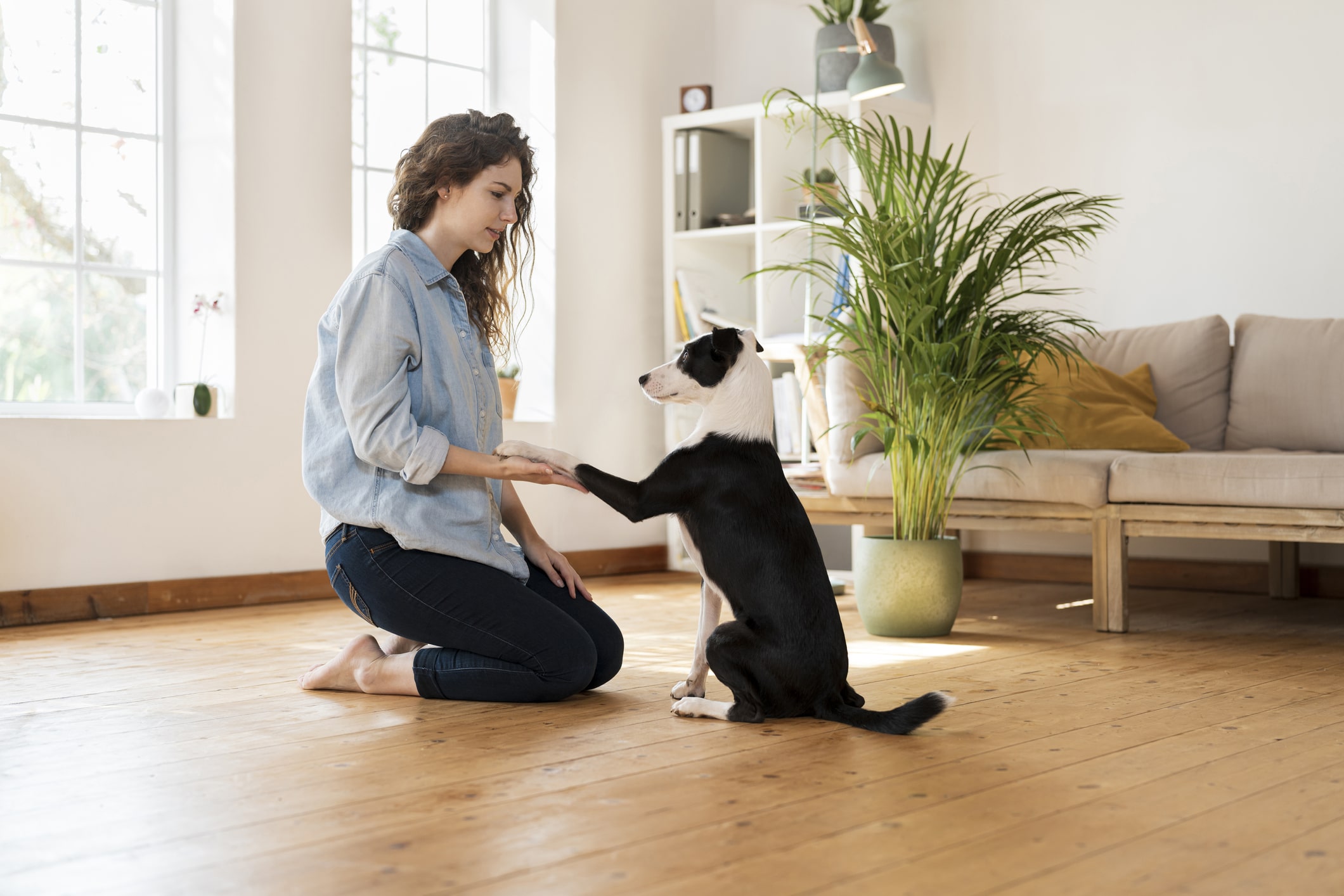
6. Take a Step Back When Needed
We always want our dogs to progress, but sometimes, we should go back to basics to keep them on the proper path. Dogs can get frustrated just like us when they aren’t nailing commands, making them lose focus and interest in training. Celebrating wins is crucial. If the desired behavior is too challenging, find an easier initial step from which you can build.
If you’re trying to teach your dog to stop bolting out the door as soon as you open it, for example, you may have to walk toward the door to find a point where they stay calm and show you a behavior you can reward. Create foundational success, and slowly add steps, making your dog do more to gain the reward.
7. Use Variability and Give Extra Treats for Big Achievements
Keeping them engaged and motivated can get tricky as we increase the difficulty level, so we sometimes must go above and beyond to keep them excited. Variability of reinforcement helps keep your dog motivated because they don’t know what the next prize will be.
Have a jackpot of extra treats ready when they make big progress towards your training goal, like successfully coming when called.
8. Try More Distracting Scenarios
When you train a stubborn dog, you must gradually introduce them to real-world scenarios where their training will be challenged. Once your dog is reliably committed to commands inside with few distractions, you can take them outside to the backyard and eventually into public spaces.
Again, you’ll look for the threshold where your treats and rewards are more enticing than any other stimuli. If you’re teaching a “stay” command, you’ll want to keep your dog far enough from a person jogging, squirrels in a tree, or anything else that might cause them to take off.
Having them notice these distractions is crucial, but you must ensure it’s more worthwhile for your dog to do as you’re asking than to ignore you and run off. As your dog builds consistency, you can test their obedience in more challenging settings.
Be patient, and don’t be afraid to take a step back, remember to randomly reinforce the training focus and find different ways to celebrate successes. It will take time, but your dog’s calm behavior when guests walk through the door, or you grab the leash for a walk will become second nature.

9. Provide Exercise and Enrichment
Boredom and a lack of exercise can make a dog disobedient or inattentive. Although you don’t want to exhaust your dog, keeping them focused can be less hassle after they’ve spent some energy on a walk. Some studies have even found dogs remember training better when you immediately follow it with playtime.
Alongside an adequate exercise schedule, many dogs, especially working breeds, will need constant mental stimulation opportunities in the home. Various chews and puzzle toys are ideal to have on hand. Supplying these basic daily necessities will satisfy your dog and strengthen your bond, improving your chances of success when training.
10. Don’t Let Your Dog Train You
Dogs continue learning even if we aren’t consciously teaching them. They constantly link their behaviors to our responses, often training us without us realizing it and subsequently teaching them all the wrong lessons. If your dog paws at you until you get up to play or pulls you around on their leash as they explore various outdoor smells, they’re discovering that this is an efficient way to get what they want, even though it’s hardly your desired outcome.
Letting your dog gain control won’t help you resolve their stubbornness. You need to be very conscious of what consequences you are providing to their behavior, always guiding your dog rather than the other way around. Set the routine, have them abide by it, and only give them what they want when they are calm and doing as you command.
You don’t want to punish your dog, but you must be clear and show them that you are dictating what happens, when, and how quickly it happens.

Conclusion
In most cases, a dog’s stubbornness is due to poor management and undesired behavior learned from experience and past consequences, both positive and negative. Training a puppy facilitates the process, but adult dogs can still learn and develop new associations between behaviors and positive consequences like reinforcements and rewards.
Stay positive and patient, and be clear and consistent. Even the most hard-headed dogs are intelligent enough to realize that the best way to get what they want is to give you what you need.
See also:
- What Do Dog Whale Eyes Mean? Canine Body Language Explained
- How to Not Get Frustrated With a Puppy: Vet-Reviewed Tips & Tricks
Featured Image Credit: Luca Nichetti, Shutterstock







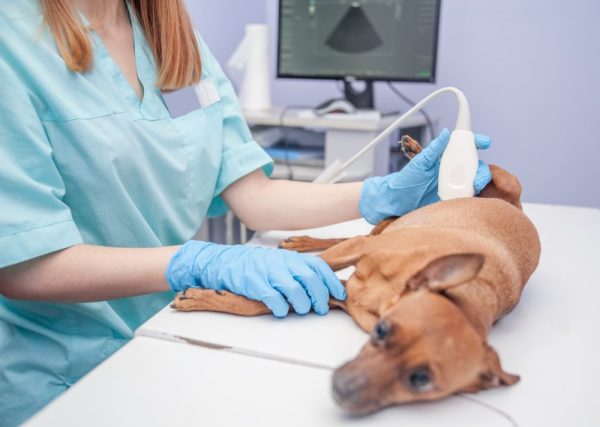

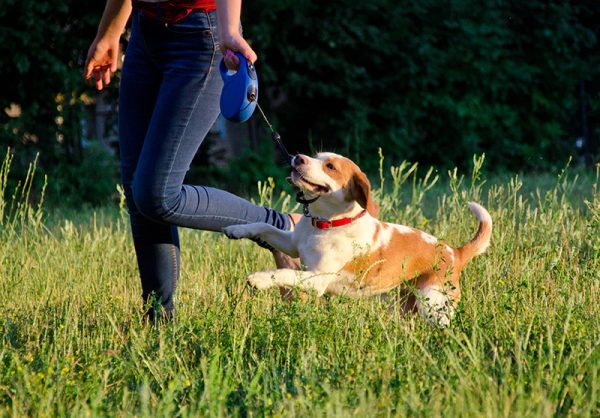





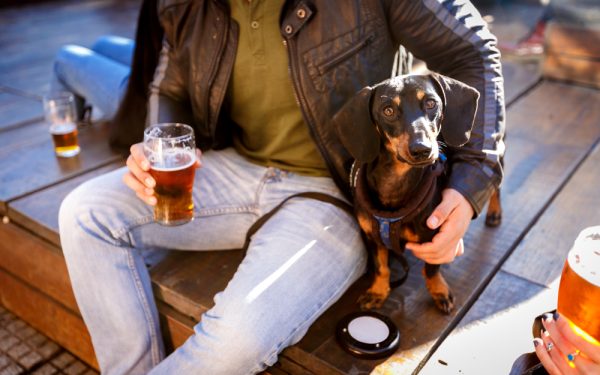






2 Responses
Great tips for training stubborn dogs! I like how it focuses on being patient and using rewards. The advice about understanding each dog’s personality is really helpful. Thanks for sharing!
We're glad you enjoyed it. Thanks for reading! 🙂